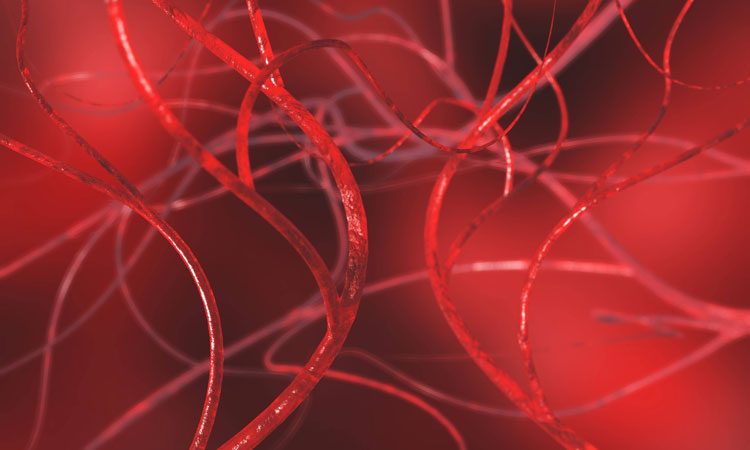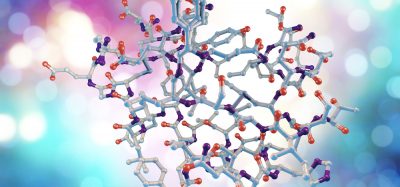New technique developed for regenerative medicine uses light
Posted: 1 October 2019 | Rachael Harper (Drug Target Review) | 1 comment
A new study has shown that it is possible to specifically conduct the fate of tissue cells by using visible light.


Researchers at Istituto Italiano di Tecnologia (IIT) in Milan used light to facilitate the formation of new blood vessels, showing that it is possible to specifically conduct the fate of tissue cells by using visible light together with photo-sensitive and biocompatible materials.
This discovery opens up new horizons for regenerative medicine.
“We are talking about a completely new technique that could lead us to important outcomes in tissue engineering,” said Maria Rosa Antognazza, IIT researcher. “The use of light as a stimulus is much more versatile and much less invasive compared to the use of electrodes; it can be directed in a more specific way on different cell populations. The purpose is to create a new area of investigation, which we call ‘optoceutics’, with huge application potential.”
The research team has shown that it is possible to apply the new method to progenitor cells of the endothelial tissue as they managed to effectively promote the in vitro angiogenesis process by using photo-active materials as cellular substrates and by stimulating them with short pulses of visible light. These results pave the way for a number of interesting developments in the treatment of cardiovascular diseases.
The next step will be exploring the possibilities of the technique using other cell models for tissue regeneration. The potential for modulating cell fate by optical stimulation allows researchers to be precise and minimally invasive and therefore it may be suitable for several applications in the therapeutic field.
The study was published in Science Advances.
Related topics
Regenerative Medicine, Research & Development, Therapeutics
Related organisations
Istituto Italiano di Tecnologia (IIT)
Related people
Maria Rosa Antognazza








You must have a lot of pride in writing quality content. I’m impressed with the amount of solid information you have written in your article. I hope to read more about these new techniques developed in regenerative medicine.